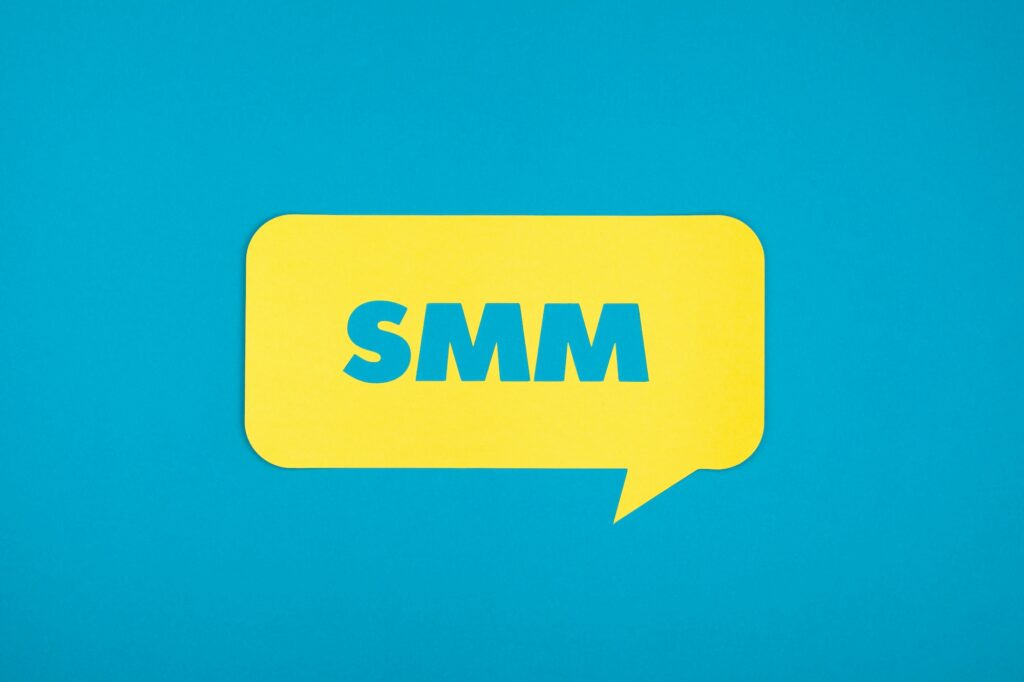Decoding the Numbers: 7 Essential Social Media Metrics for Effective SMM Analytics
Social Media Marketing (SMM) is not a hit-or-miss game. It’s a carefully orchestrated endeavor that requires consistent tracking and analysis of performance metrics to optimize strategies and achieve desired results. In this blog post, we’ll take a deep dive into SMM analytics, helping you decode crucial social media metrics and understand how they can guide your SMM efforts.

The Importance of Social Media Metrics
Social media metrics serve as a compass for your SMM journey. They provide invaluable insights into how well your social media campaigns are performing, help you understand your audience better, and guide your content strategy. By monitoring these metrics, you can gauge whether you’re achieving your SMM objectives, pinpoint areas for improvement, and make data-driven decisions to optimize your campaigns.
Engagement Metrics
Engagement is at the heart of social media, making engagement metrics a critical part of SMM analytics. These metrics, which include likes, comments, shares, and retweets, offer insights into how your audience is interacting with your content. High engagement levels usually indicate that your content resonates with your audience, fostering meaningful relationships that can boost brand loyalty.
Moreover, it’s not just about the quantity of engagement, but also the quality. For instance, a comment carries more weight than a like, as it signifies a deeper level of engagement.
Reach and Impressions
Reach refers to the total number of unique users who have seen your post, while impressions indicate the total number of times your post has been viewed, regardless of who viewed it. Monitoring these metrics helps you understand the visibility of your content and your brand’s potential audience size on social media.
However, high reach and impressions don’t necessarily equate to success. It’s equally important to focus on engagement levels. A high reach with low engagement might suggest that your content is not resonating with your audience.
Follower Growth
Tracking your follower growth over time gives you a clear idea of whether your audience is expanding or shrinking. Rapid growth might suggest that your content strategy is effective, while a sudden drop in followers could indicate a problem that needs immediate attention.
However, remember that it’s not just about amassing followers. You want to attract followers who are genuinely interested in your brand and are likely to become customers.
Referral Traffic
Referral traffic refers to the visitors who land on your website after clicking a link on your social media post. This metric is crucial because it shows how effective your social media efforts are at driving traffic to your website, contributing to lead generation and sales.

Conversion Rate
Arguably the most important metric, conversion rate refers to the percentage of users who take the desired action after engaging with your social media post. This could be making a purchase, filling out a form, or signing up for a newsletter.
By tracking conversion rates, you can ascertain the ROI of your SMM efforts and make necessary adjustments to your strategy.
Social Media Listening
Beyond the aforementioned metrics, an essential aspect of SMM analytics is social media listening. This involves monitoring social media platforms for mentions of your brand, competitors, products, or any relevant keywords. By doing so, you can gain insight into what people are saying about your brand and industry and use this information to inform your SMM strategy. For instance, positive mentions can be amplified, while negative ones can be addressed promptly to manage your brand reputation.
Customer Response Time and Rate
In today’s digital age, customers expect quick and responsive service. Hence, tracking your customer response time and rate on social media can be quite revealing. This metric tells you how quickly and how often you respond to customer inquiries or comments. A high response rate and swift response time can significantly improve customer satisfaction and loyalty. If you find that your response time is slower than industry standards or your response rate is low, it could indicate a need for more resources or a better social media customer service strategy.
Benchmarking Against Competitors
Lastly, understanding your social media metrics in isolation might not give you the complete picture. It’s essential to benchmark these metrics against your competitors to see how you’re performing comparatively. This can help you identify gaps in your strategy and uncover opportunities for improvement. Tools like Facebook’s “Pages to Watch” feature can be particularly useful for this. Keep in mind, however, that every brand is unique, and what works for one may not work for another. Benchmarking is not about copying but learning and evolving your own strategies.
Understanding social media metrics is key to running successful SMM campaigns. By regularly tracking these metrics, you can ensure your campaigns are on track to achieving your objectives, make data-driven decisions, and continuously refine your strategies based on what works best for your brand. Remember, the most effective SMM strategy is one that evolves with your audience, and metrics are the key to unlocking this evolution.


